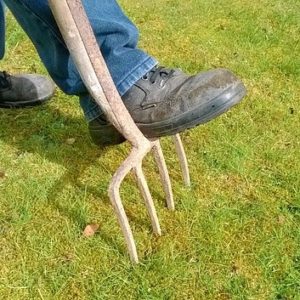Lawn Care
Air is critical to healthy root growth because aerating your lawn breaks through a thatch layer, enables the roots to breathe, and improves water and nutrient penetration. Aerating also helps to break down thatch by providing a better habitat for the micro-organisms that do those sorts of things. Aerating annually is one of the best things you can do for your lawn. Learn how to aerate a lawn, when to aerate lawn and why you should aerate. This video gives you different tips and tricks when aerating a lawn, also why you should aerate and the benefits of aeration for your lawn.
Signs that your lawn needs to be aerated include:
- Worn areas where people walk often.
- Water forms puddles after irrigating.
- Water runs off the lawn after only a few minutes of watering.
- Parts of the lawn that just can’t seem to keep moist
The best time for aeration is during the growing season, when the grass can heal and fill in any open areas after soil plugs are removed. When you aerate, try to get an even 3 to 4 inch spacing between holes throughout the lawn. To do so, you must make two passes in different directions. Make sure that the soil is slightly moist — not too wet or too dry.

Some Lawn Care Tips:
- Before you get started, make sure the soil is moist enough. Aerating the day after a rain shower or watering your lawn the day before is advised.
- Most aeration machines cover only a small percentage of soil surface per pass, so make multiple passes over the most compacted areas.
- You will end up with some little cores of soil all over the lawn, but if those really bother you, you can rake them up. If you leave the cores alone, they break down into nothing in a few weeks anyway.
- After aerating, it’s important to continue basic lawn care practices such as proper fertilizing, mowing and watering.

